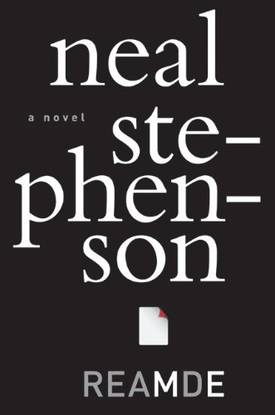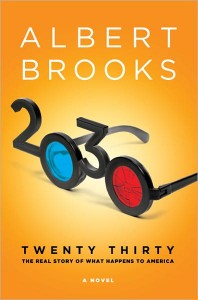 Neal Stephenson’s REAMDE: Excellently written, ambitiously epic technothriller.
Neal Stephenson’s REAMDE: Excellently written, ambitiously epic technothriller.
I first read Neal Stephenson at least ten years ago. Published in 1991, Snow Crash was set in the early 21st century. Jacking into a computer virtual reality was a common way of escaping the realities of the massive corporate owned enclaves that used to be the United States. It was Stephenson’s vision of how a virtual reality-based Internet might evolve in the near future.
Snow Crash’s virtual reality is said to be a strong influence in the development of Second Life, a wildly popular online virtual world launched in 2003.
Stephenson was amazingly close with his Snow Crash predictions, and he takes us beyond current massive on-line gaming state-of-the-art with his latest techno-thriller REAMDE.
REAMDE is an epic novel that is built around a massive online multi-player virtual reality game called T’Rain. Richard Forthrast, who founded the profitable game, is very wealthy, but uncomfortable with the lifestyle that comes with corporate success. He justifies his success by quietly financially helping out his family. His favored niece, adopted into the conservative mid-western family, is now utilizing her geoscience degree to work as a technician in the T’Rain world, designing the geosystems that deposit precious metals where gold-farmers (an integral part of the T’Rain economy) can dig it up.









